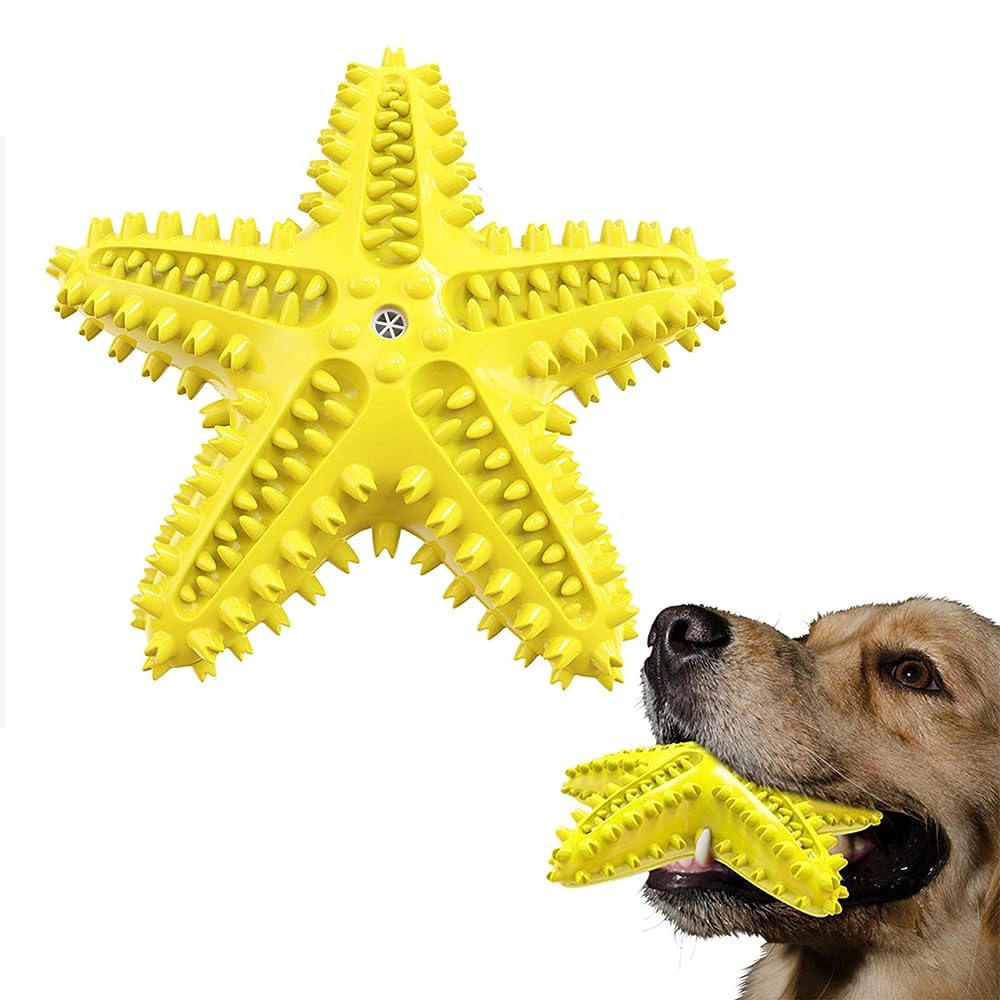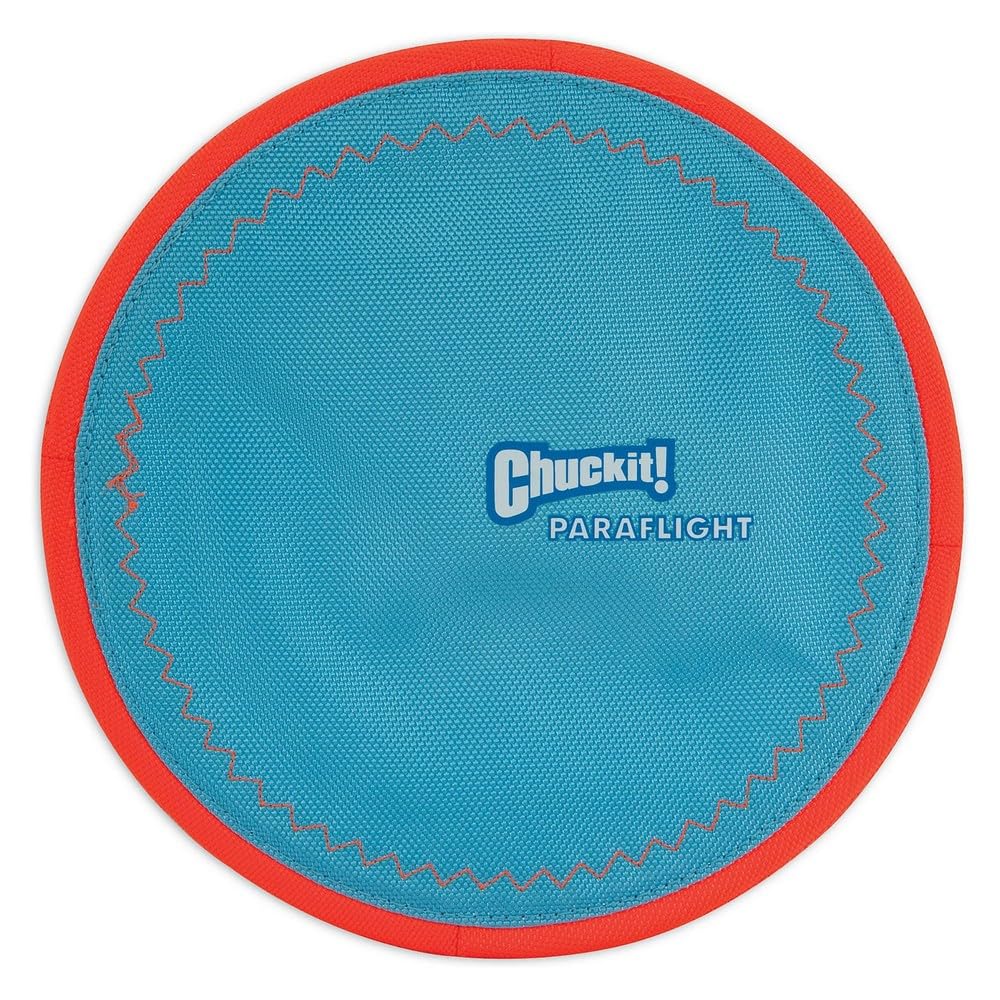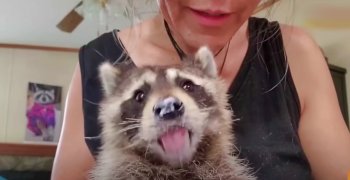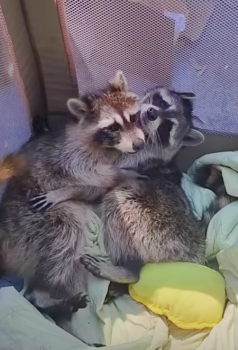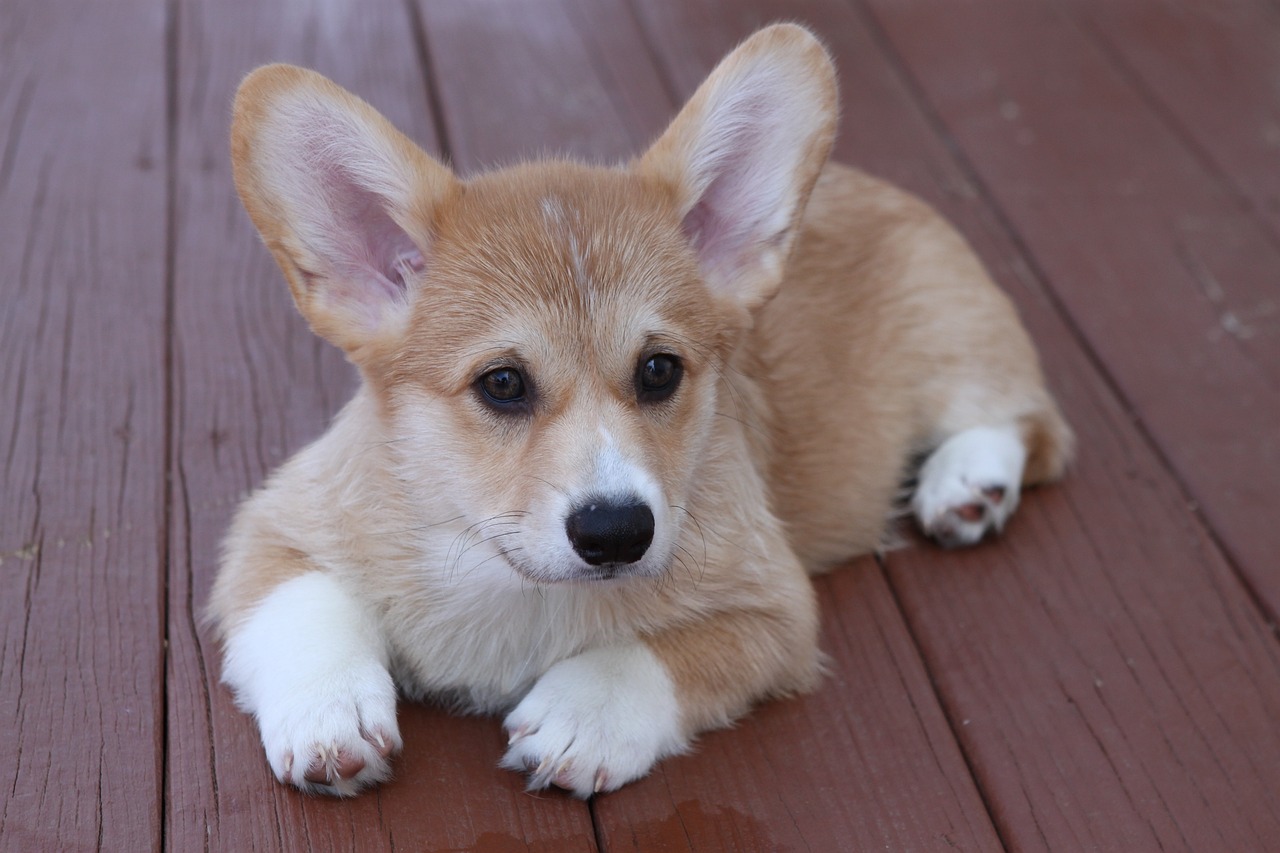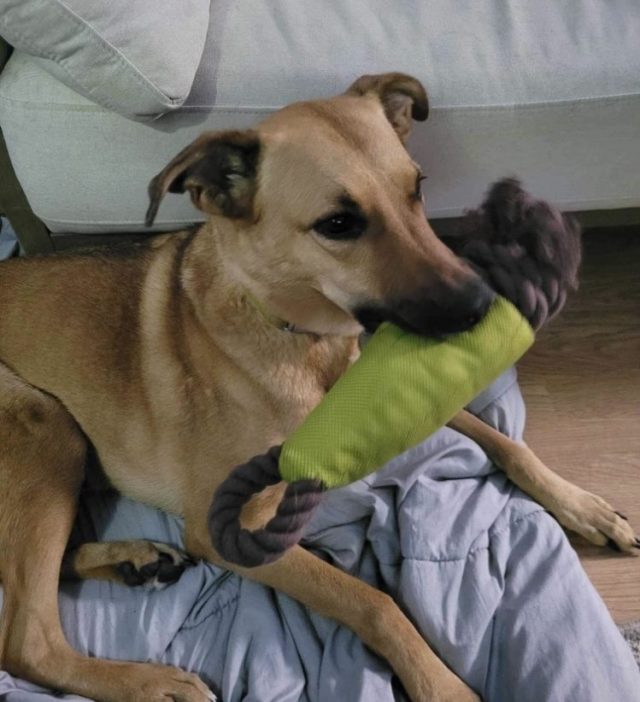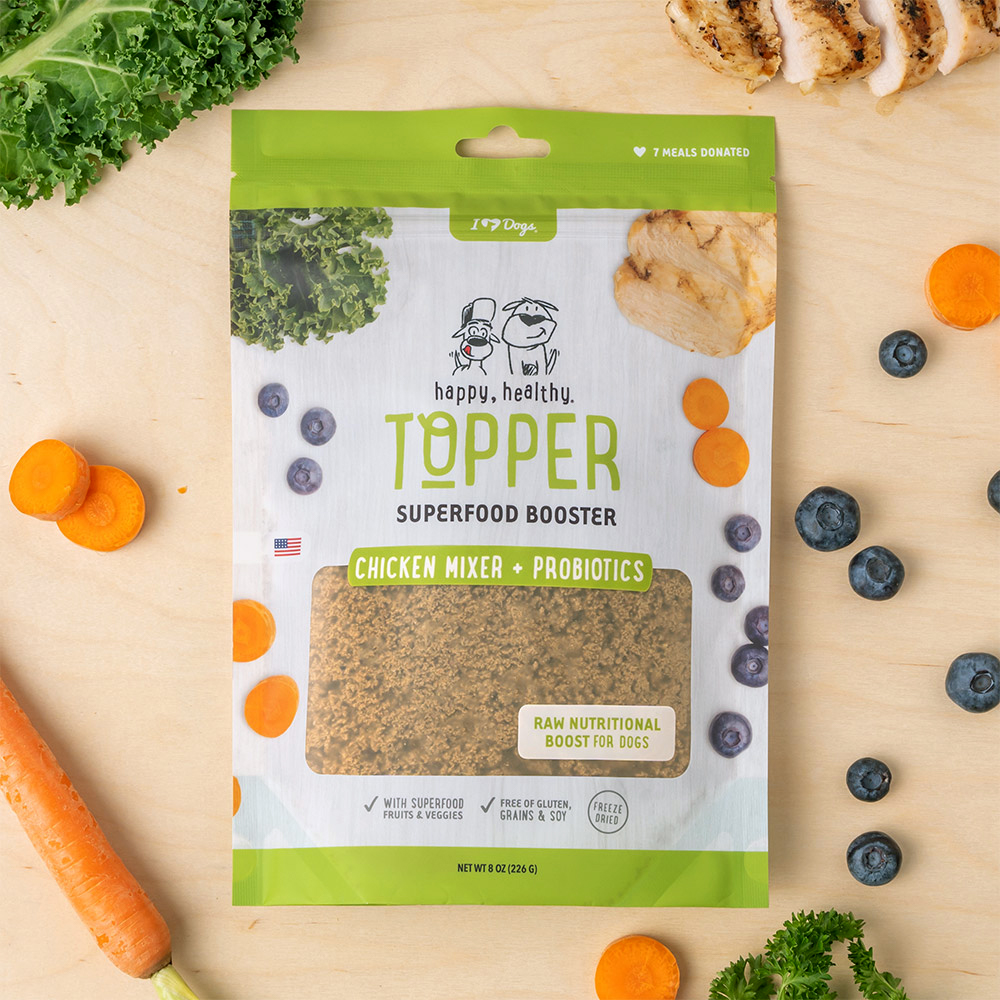Monthly Cost to Own a Shiba Inu

The Shiba Inu, often described as a small, agile dog with a foxlike appearance, originates from Japan. They are known for their spirited nature, sharp intelligence, and the iconic “Shiba smile”. While Shiba Inus is relatively low-maintenance compared to some breeds, it still comes with recurring expenses. This article breaks down the monthly costs associated with owning a Shiba Inu in 2023.
1. Food
Shiba Inus are small to medium-sized dogs, but they have a good amount of energy. Thus, a nutritious diet is crucial.
Adult Dog Food – Quality dog food suitable for their size can average between $30 to $60 per month, depending on the brand and specific dietary needs.
Puppy Food (if applicable) – For growing Shiba Inus, specially formulated food can cost around $35 to $65 per month.
Estimated Monthly Cost for Food: $30-$65
2. Treats
Treats are an excellent training aid for this sometimes stubborn breed and also a way to reward them.
Training Treats – These can range from $10 to $20 monthly.
Dental Chews – For oral health and to keep those Shiba teeth clean, you might spend an additional $10 to $20 per month.
Estimated Monthly Cost for Treats: $20-$40
3. Veterinarian
Routine vet visits and occasional health concerns mean budgeting for medical costs is essential.
Routine Check-ups – Broken down monthly, this translates to roughly $20-$30.
Vaccinations – Essential vaccines and preventive treatments might add another $15-$25 on a monthly basis.
Unexpected Health Concerns – A buffer of $30-$50 monthly for unforeseen vet expenses is wise.
Estimated Monthly Cost for Veterinarian: $65-$105
4. Toys
While they have an independent streak, Shiba Inus does enjoy playtime.
Chew Toys – Suitable toys for their size and chewing habits might average $10 to $20 monthly.
Interactive Toys – Toys that stimulate their intellect, like puzzles, can range from $10 to $25 monthly.
Estimated Monthly Cost for Toys: $20-$45
5. Accessories
From everyday needs to items that add comfort, there are essentials every Shiba owner should have.
Collar, Leash, and ID Tags – Amortized over their lifespan, expect to spend around $3-$6 monthly.
Bedding – A comfortable bed suitable for a Shiba might average at $8-$12 monthly over its lifetime.
Grooming Supplies – Given Shiba’s double coat, brushes and other grooming items can be around $10-$20 monthly.
Estimated Monthly Cost for Accessories: $21-$38
6. Grooming
Shiba Inus have a double coat that sheds, especially during the shedding season.
Professional Grooming – Depending on your location and service range, a grooming session can cost between $40-$70 monthly.
Estimated Monthly Cost for Professional Grooming: $40-$70
7. Training
Shibas are smart but can be independent-minded, so training is essential.
Training Classes – Group sessions, particularly for socialization, can cost around $20-$40 per session if done monthly.
Estimated Monthly Cost for Training: $20-$40
8. Insurance
To counter potential high vet bills due to unexpected issues, pet insurance is an option.
Pet Insurance – Depending on the coverage and age of the dog, premiums can average between $25-$45 monthly.
Estimated Monthly Cost for Insurance: $25-$45
Conclusion
The spirited Shiba Inu, with its unique blend of independence and loyalty, can be a wonderful companion. Still, potential owners should anticipate monthly expenses ranging from $221-$453. As always, thorough research and planned budgeting will ensure a harmonious and loving relationship between the Shiba and its owner.
Frequently Asked Questions About The Cost of Owning A Shiba Inu

1. How much does a Shiba Inu puppy typically cost to purchase?
Shiba Inu puppies can range widely in price, often between $1,200 to $3,500 or even higher, depending on factors like pedigree, breeder reputation, and location. Ensure you choose a reputable breeder who prioritizes health and ethical treatment, and always research thoroughly before making a purchase.
2. Are Shiba Inus high-maintenance in terms of grooming?
Shiba Inus have a double coat that undergoes significant shedding, especially during seasonal changes. While they’re not as high-maintenance as some long-haired breeds, regular brushing to reduce shedding and occasional baths are recommended to keep their coat in top condition.
3. Do Shiba Inus have specific dietary needs?
Shiba Inus don’t have breed-specific dietary needs, but due to their energetic nature, a high-quality, well-balanced diet is essential. Always look for dog food formulated for their size and activity level, and consult your vet for any specific recommendations.
4. How often should I expect to visit the vet with my Shiba Inu?
Routine annual or biannual check-ups are recommended for Shiba Inus. However, puppies might require more frequent visits for vaccinations and overall health monitoring. Additionally, unexpected health concerns might necessitate additional vet visits.
5. Given their size, do Shiba Inu need durable toys?
Absolutely. Despite being a small to medium-sized breed, Shiba Inus are active and playful. Investing in durable toys, especially chew toys, is crucial to prevent rapid wear and tear.
6. Are there any breed-specific health concerns that might increase veterinary costs?
Shiba Inus are generally healthy, but like all breeds, they can be susceptible to certain conditions. Potential health issues include hip dysplasia, patellar luxation, and some eye disorders. Regular vet check-ups can help in early detection and management.
7. Is training a notable expense for Shiba Inu?
Training is essential for Shiba Inus due to their independent and sometimes stubborn nature. The costs for training classes or personal trainers can vary, but it’s a worthy investment, especially during their early years, to ensure a well-behaved pet.
8. Do Shiba Inus require specific accessories or gear?
Shiba Inus don’t necessarily need breed-specific accessories, but quality items like harnesses (given their agility), comfortable bedding, and grooming tools tailored for double coats are beneficial.
9. Is pet insurance advisable for a Shiba Inu?
Given potential health concerns and the general unpredictability of health issues in any breed, many Shiba Inu owners find pet insurance beneficial. It can help mitigate costs arising from unexpected health challenges.
10. In comparison to other breeds, is owning a Shiba Inu more affordable?
The initial purchase cost for a Shiba Inu might be higher than some other breeds. However, their monthly maintenance, when averaged out, is comparable to other small to medium-sized breeds. As with any pet, proper budgeting and understanding of potential costs ensure a smooth ownership experience.
The post Monthly Cost to Own a Shiba Inu appeared first on iHeartDogs.com.
via Whisker Therapy









